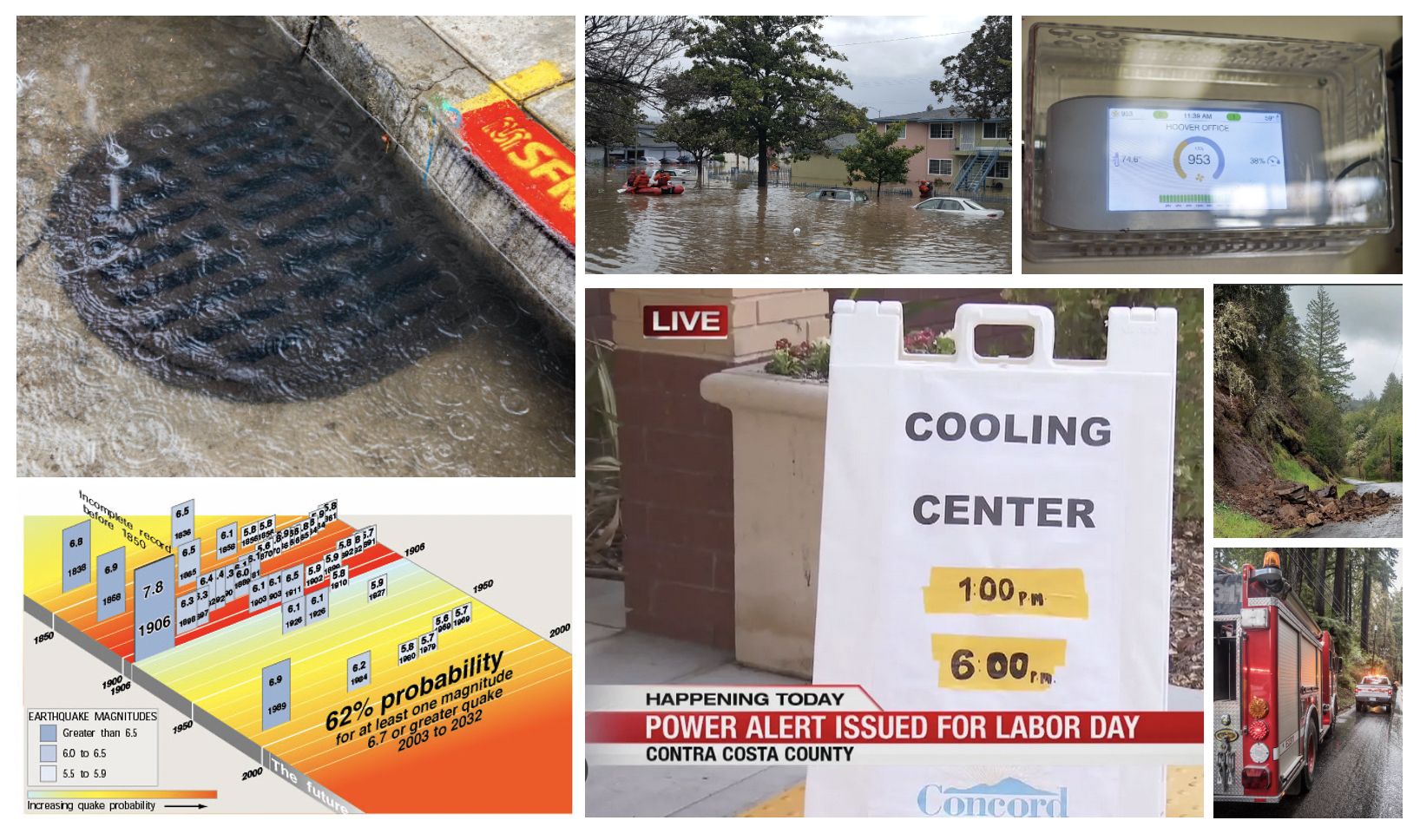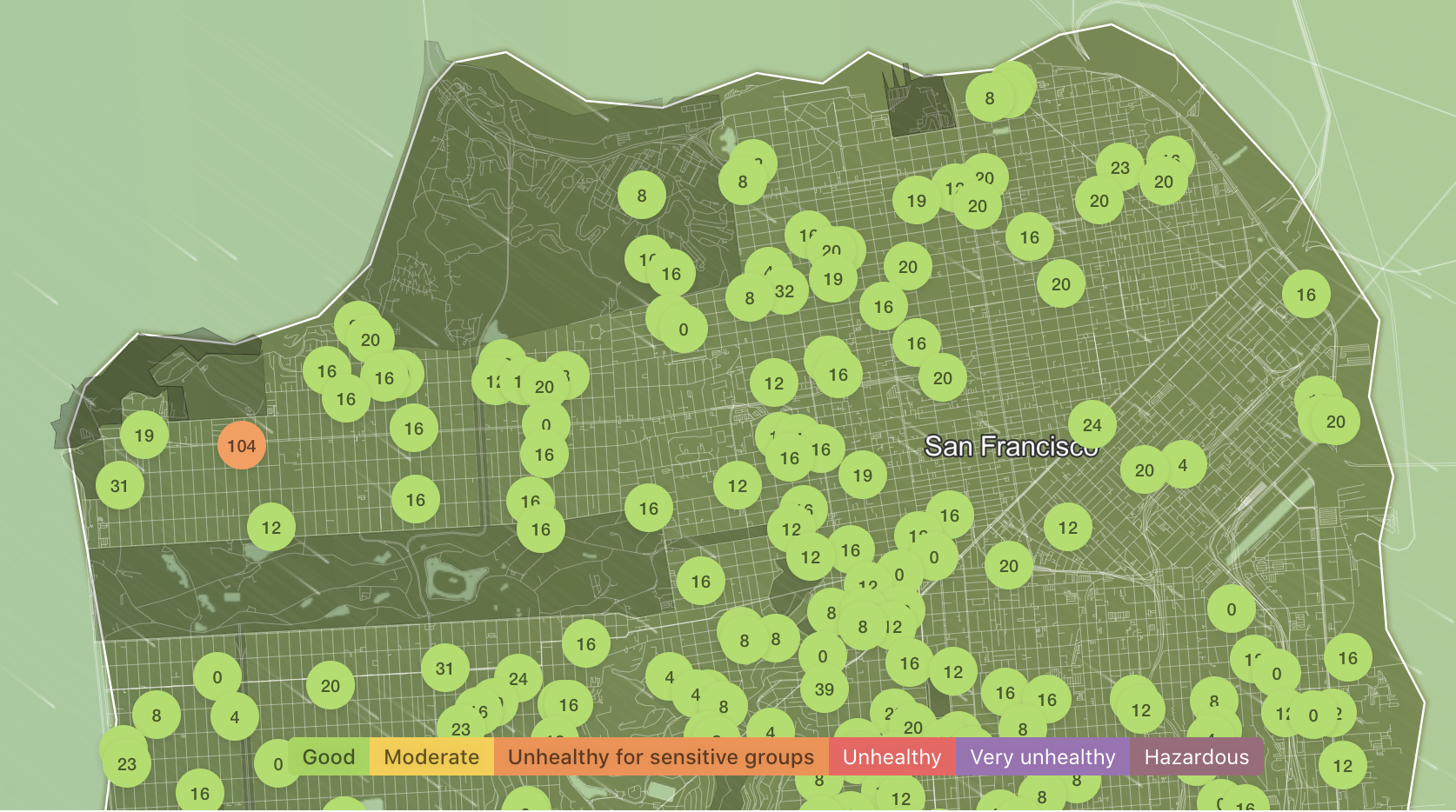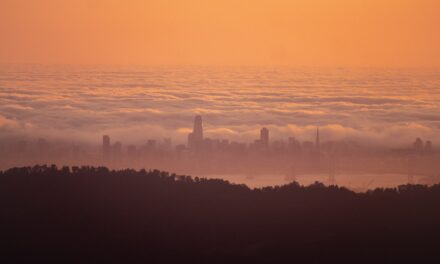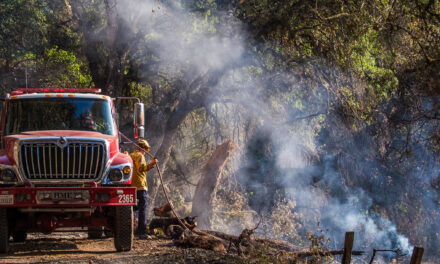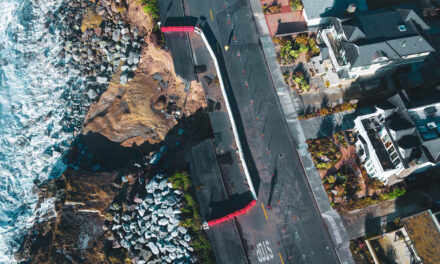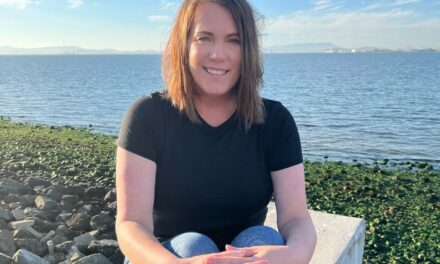Finding the Throughline in Multi-Hazard Planning
Not so very long ago, certainly within the memory of most millennials, all that the Bay Area really had to fear from Mother Nature was the occasional earthquake. Terrifying when they occurred, certainly, but blessedly infrequent. The rest of the time we could all look smugly to the East, where our fellow citizens regularly contended with blizzards, tornados, hurricanes, and more.
Not anymore. Thanks to the changing climate, the Bay Area now faces increasingly frequent threats from flooding, heat, wildfire and smoke. As the hazards multiply, communities, local governments, and agencies are searching for ways to address them more holistically.
“The ways you build resilience is oftentimes similar for different types of hazards,” says Matt Wolff, of San Francisco Department of Health’s Climate and Health Program. Wolff co-leads the city’s Heat and Air Quality Resilience Project, which brings together public, private, community and academic stakeholders to develop extreme heat and wildfire smoke resilience strategies. The incidence of both hazards is increasing, and Wolff notes that the strategies for dealing with one are often effective for the other.
“It’s about protecting people from outside exposures,” he says, “focusing on building envelopes, for example, and making sure they protect against both heat and smoke. We are looking at how many co-benefits there are to any particular solution.”
IQ air quality index for San Francisco on October day.
“If you just look at each hazard one at a time, you miss a lot of opportunities,” says Matt Chadsey of Nonlinear Ventures, who consulted on a new report for the Bay Area Regional Collaborative that analyzes the climate adaptation activities of its member agencies. “The problems have been looked at in silos to some degree—coastal flooding issues and sea level rise separate from wildfire separate from air quality, and so forth. One of the things that’s pretty clear is that the more we can look at things holistically, from a community perspective, the more we increase the likelihood of collaboration, of innovative thinking, potentially more funding coming in.
The BARC report is a first step towards the development of a regional multi-hazard adaptation plan and a technical assistance program, according to BARC’s Allison Brooks. In addition to mapping the BARC member agencies’ existing adaptation efforts, as well as the relationships and resources that support them, and fitting them into the bigger picture of Bay Area adaptation, the report identifies gaps and challenges in the region’s approach to adaptation. It also assesses the technical assistance available to stakeholders, and explores opportunities for improving it.
Multihazard adaptation means more than just preparing for disasters, says Chadsey. “It’s taking a step back and looking at the whole, both the natural and the social system of the community and really addressing everything together,” he says . “It’s really trying to understand how equity and diversity play, and how local jobs and the local economy play in the actual risk mitigation activities, because there are a lot of opportunities to do more to make a healthier community overall.”
BARC is a funder of KneeDeep Times.
Other Recent Posts
Assistant Editor Job Announcement
Part time freelance job opening with Bay Area climate resilience magazine.
Training 18 New Community Leaders in a Resilience Hot Spot
A June 7 event minted 18 new community leaders now better-equipped to care for Suisun City and Fairfield through pollution, heat, smoke, and high water.
Mayor Pushes Suisun City To Do Better
Mayor Alma Hernandez has devoted herself to preparing her community for a warming world.
The Path to a Just Transition for Benicia’s Refinery Workers
As Valero prepares to shutter its Benicia oil refinery, 400 jobs hang in the balance. Can California ensure a just transition for fossil fuel workers?
Ecologist Finds Art in Restoring Levees
In Sacramento, an artist-ecologist brings California’s native species to life – through art, and through fish-friendly levee restoration.
New Metrics on Hybrid Gray-Green Levees
UC Santa Cruz research project investigates how horizontal “living levees” can cut flood risk.
Community Editor Job Announcement
Part time freelance job opening with Bay Area climate resilience magazine.
Being Bike-Friendly is Gateway to Climate Advocacy
Four Bay Area cyclists push for better city infrastructure.
Can Colgan Creek Do It All? Santa Rosa Reimagines Flood Control
A restoration project blends old-school flood control with modern green infrastructure. Is this how California can manage runoff from future megastorms?
San Francisco Youth Explore Flood Risk on Home Turf
At the Shoreline Leadership Academy, high school students learn about sea level rise through hands-on tours and community projects.






